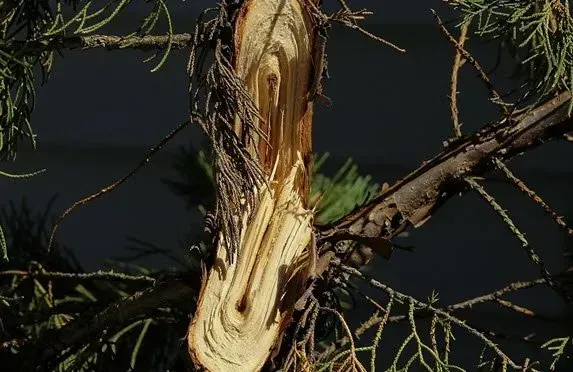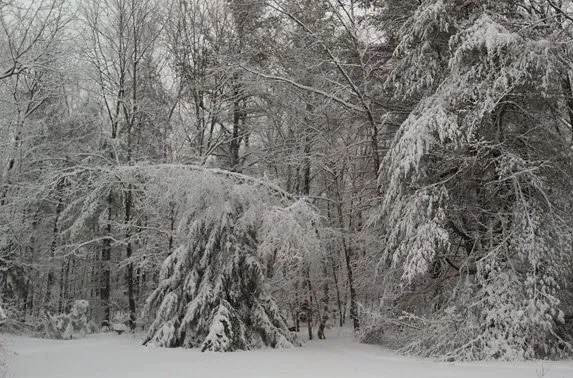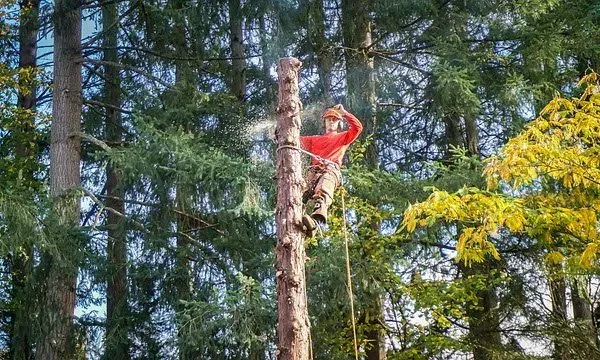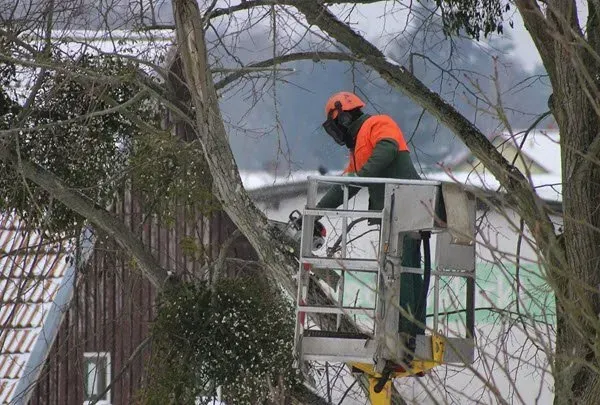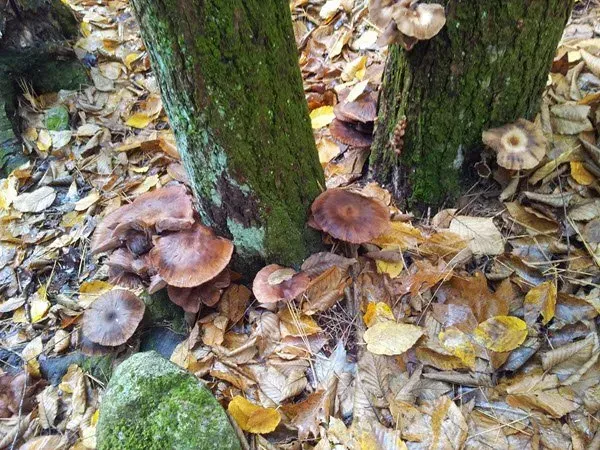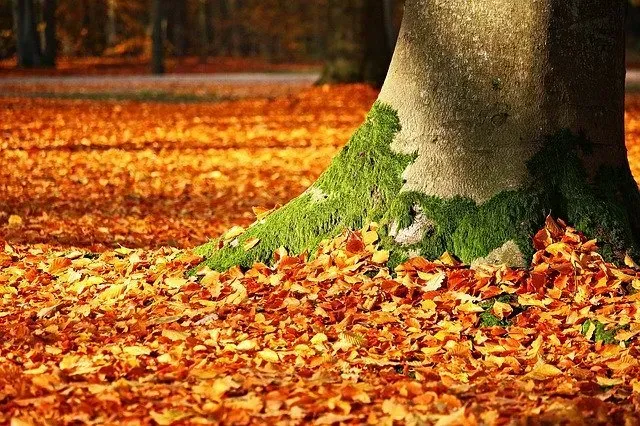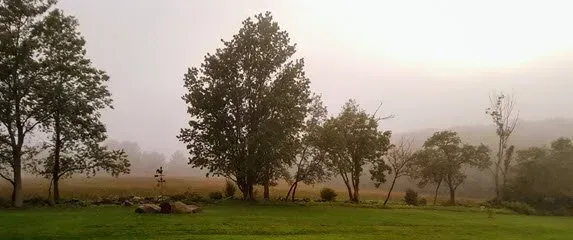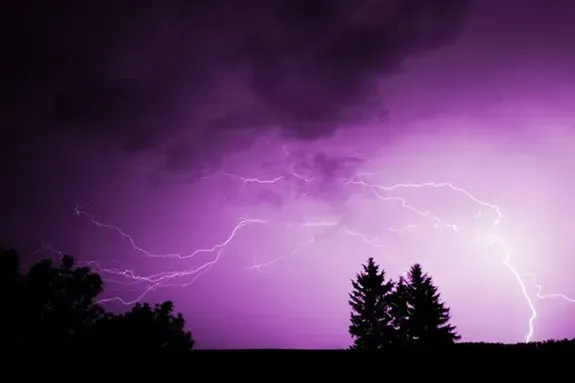Is Tree Stump Removal Necessary?
Milford Homeowner Finds Out
Tree stumps left behind can become an eyesore in the yard, not to mention a nuisance as a tripping hazard and when it comes time to mow the lawn. Shortly after it is removed, the stump will begin to decay. This can attract invasive pests such as carpenter ants and termites. It is best to remove the stump, through stump grinding, at the same time as the tree to head off these problems.
A homeowner in Milford, NH was having a large tree removed from his backyard. Looking to save on the cost, he asked about the repercussions of leaving the stump intact.
Decaying Tree Stumps Can Be More than a Nuisance
A tree stump left to decay in a lawn can quickly become a blight on an otherwise picturesque yard. From children running and playing to the hassle that this can add to lawn care, this decaying stump can be a problem. As the wood begins to rot, it can attract bugs and animals. These can include the most invasive species, home termites and rodents to wasps and beetles.
Stump Grinding to Remove the Entire Tree
When removing a large tree, a better alternative is to include stump grinding in the tree removal. This will ensure that the stump is also removed safely and thoroughly. The ground can then be filled in with soil and covered with grass seed to create a smooth, even surface.
Grinding is also one of the most environmentally friendly ways to remove a stump. As opposed to using harmful chemicals, the stump is ground into small pieces or chips that does not disturb the surrounding landscape.
After hearing all of the problems that leaving a decaying stump behind can cause, the homeowner in Milford opted to proceed with Souhegan Valley Tree Service’s stump grinding, in addition to the removal of the tree. He couldn’t be happier with the final outcome and how is yard looks today.


